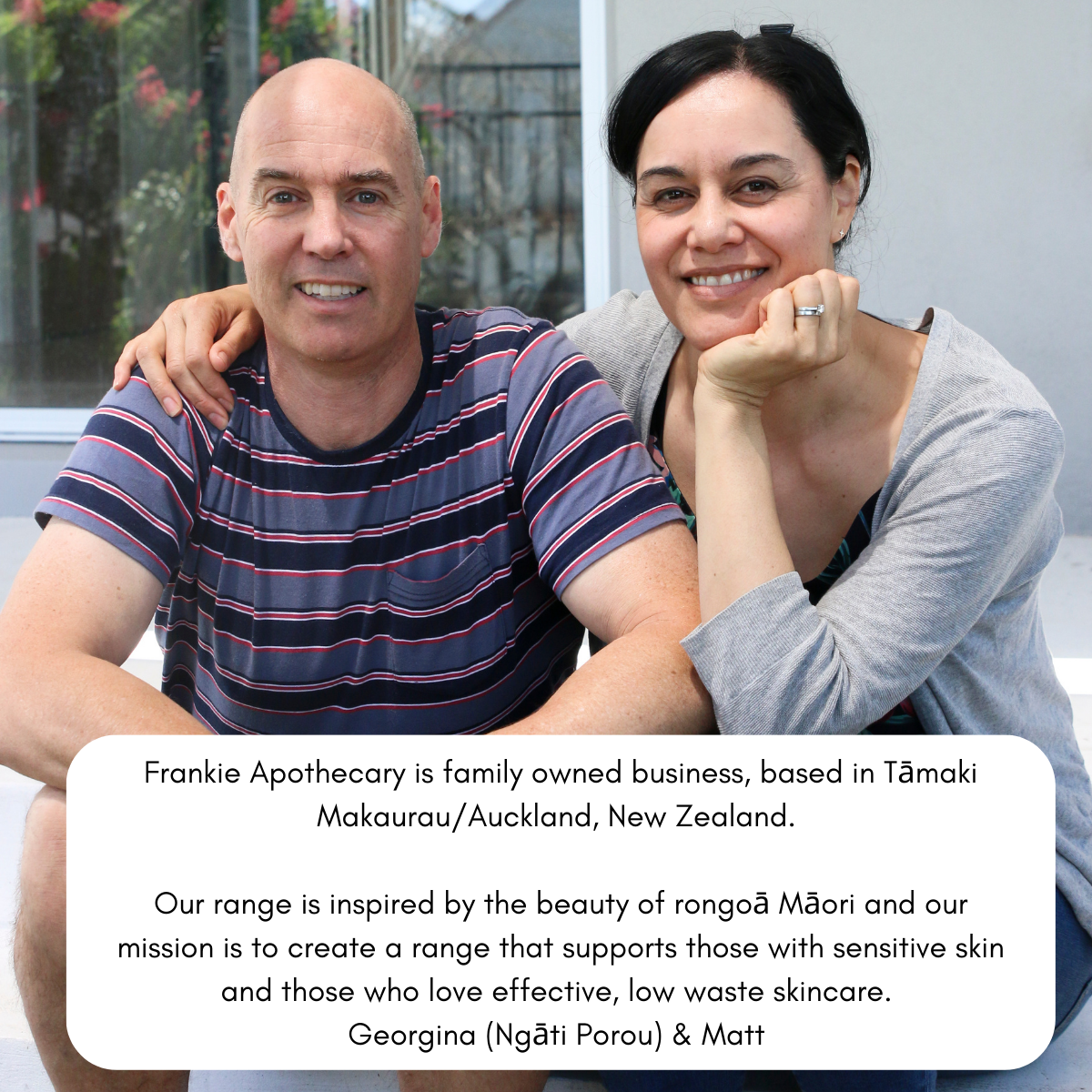When we wild harvest our Kawakawa leaves to make our Frankie range, we choose the leaves with more holes. Long ago, our Tīpuna learned to use the holey leaves because they knew they held higher concentration of the medicinal actives.
Hundreds of years later, science backs this up.
Trees don’t have nervous systems like animals, but they can sense damage, and the tree being hurt can send electrical signals, like damaged human tissue does.
In the sub-Saharan savannas, when a giraffe starts eating an acacia tree, the leaves emit ethylene gas. Nearby acacia trees can detect the ethylene and begin pushing tannins into their leaves - because in high concentrations, tannins can make grazing animals sick or even kill them.
Amazingly, the giraffes have learned to browse the acacias while facing into the wind, so the warning gas doesn’t reach the trees ahead of them... and if it's a still day, a giraffe will typically walk 100 yards before browsing on a new acacia which hasn't been reached by the ethylene gas yet!
When the leaves of elms and pines are eaten by caterpillars, the tree detects the caterpillar's saliva, and releases pheromones that 'call the cavalry' by luring in a species of parasitic wasps which predate the caterpillars.
A study from Leipzig University and the German Centre for Integrative Biodiversity Research showed that trees recognised the 'taste' of deer saliva. If a tree's branch is bitten by a deer, the tree increases levels of chemicals that make the leaves taste bad - but if a human breaks a branch, the tree increases levels of wound-healing substances instead.
Why do holey Kawakawa leaves have more bioactives?
Kawakawa leaves contain the amazing bioactive Myristicin, which is anti-inflammatory, anti-microbial, hepatoprotective (prevents damage to the liver), psychoactive - and anticholinergic, meaning that it blocks certain nerve impulses, like the pain of eczema irritation.
Myristicin is also an effective natural insecticide which is why only the specially adapted Looper Moth can eat Kawakawa leaves with impunity, and why Kawakawa Balm can act as a pretty good mozzie repellent!
So when a moth chomps the Kawakawa leaves, the plant releases more 'insecticide' - and the level of Myristicin actives in the leaves increases ... making it less appealing to the Looper Moth, and more effective for use in our skin-soothing balms and oils!
And the amazing news about trees doesn't stop there.
Scientists now know that forest trees live in interdependent communities, forming alliances and communicating with each other in a range of ways.
Trees can communicate through the air, using pheromones and other scent signals, and Monica Gagliano at the University of Western Australia has found evidence that some plants also emit and detect crackling sounds at a frequency of 220 hertz in their roots.
Trees in natural forests are also connected through underground fungal networks called mycorrhizal networks. Their fine whiskery root tips join with microscopic fungal filaments creating a network that enables the trees to send chemical, hormonal and slow-pulsing electrical signals about water, nutrients, or distress signals about drought and disease or insect attacks. This information sharing allows other trees in the network - even over large distances - to take action and benefit from nutrient sources or to protect themselves.
The largest and deepest rooted trees in a forest community can draw up water to where their shallow-rooted seedlings can reach it. They send nearby trees nutrients, and if those smaller trees are not thriving, the hub trees detect their distress signals and increase the nutrient supply. This is one reason why when people fell the biggest, oldest trees, the survival rate of younger trees drops significantly.

Want to learn more? Read The Hidden Life of Trees.
A New York Times, Washington Post & Wall Street Journal Best Seller.
Forester and author Peter Wohlleben convincingly makes the case that the forest is a social network. He draws on groundbreaking scientific discoveries to describe how trees are like human families: tree parents live together with their children, communicate with them, support them as they grow, share nutrients with those who are sick or struggling, and even warn each other of impending dangers.
“Heavily dusted with the glitter of wonderment.”—The New Yorker





























